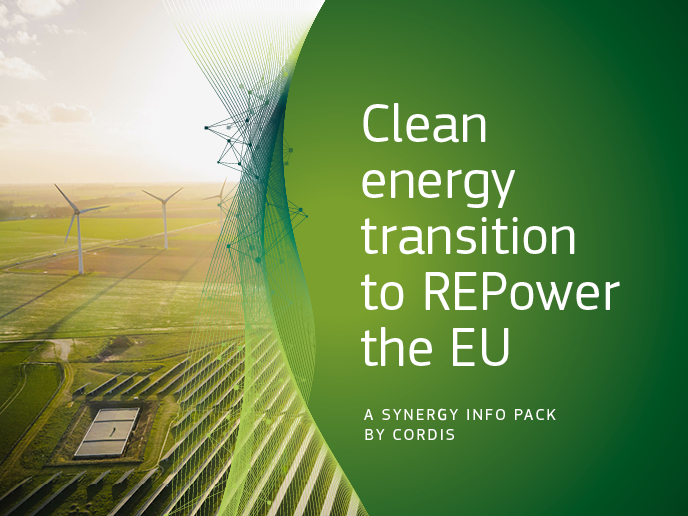Connecting distributed energy resources to the grid
Following the increasing penetration of Dispersed Generation in Medium Voltage networks, the connection of Microgeneration to Low Voltage grids has attracted much attention. This is due to its compelling control capabilities over the network operation. By providing its own decentralised control coordination of distributed small generation systems and storage devices, a Microgrid is capable of operating either in islanding or grid connected mode. Microgrids can provide network support in times of stress by relieving congestions and aiding restoration after faults. From the utility point of view, the wide application of distributed energy sources close to energy loads can potentially reduce the demand for distribution and transmission facilities. On the other hand, micro combined heat and power (MicroCHP) and photovoltaic (PV) systems at customer premises offer the opportunity to increase the efficiency of utilising primary energy sources. MICROGRIDS project partners sought to establish an understanding of the merits of the wide deployment of distributed power generation in the energy production and delivery system. Ultimately, a more complete picture of benefits that distributed resources can offer will provide invaluable guidance for future policy decisions and have an impact on a host of market rules. For this purpose, scientists at the University of Manchester developed and verified a methodology with readily accessible tools for quantifying the tangible benefits of a decentralised power network architecture. Firstly, the reduction induced by the application of MicroCHP systems in the amount of electrical energy imported from the distribution network was quantified. In a next step, the impact of Microgrids on the power distribution network were described and assessed in terms of system losses reduction and increase in the network's spare capacity. The efficient integration of Microgrids into Low Voltage systems will enable electricity generated by renewable energy sources to substitute electricity supplied currently by hydrocarbon based power plants with significant environmental gains. Besides providing ancillary services to the central electricity network, small-scale distributed generation has the unique ability of tailoring power supply to match the customers' needs, thus enhancing the supply's quality.







